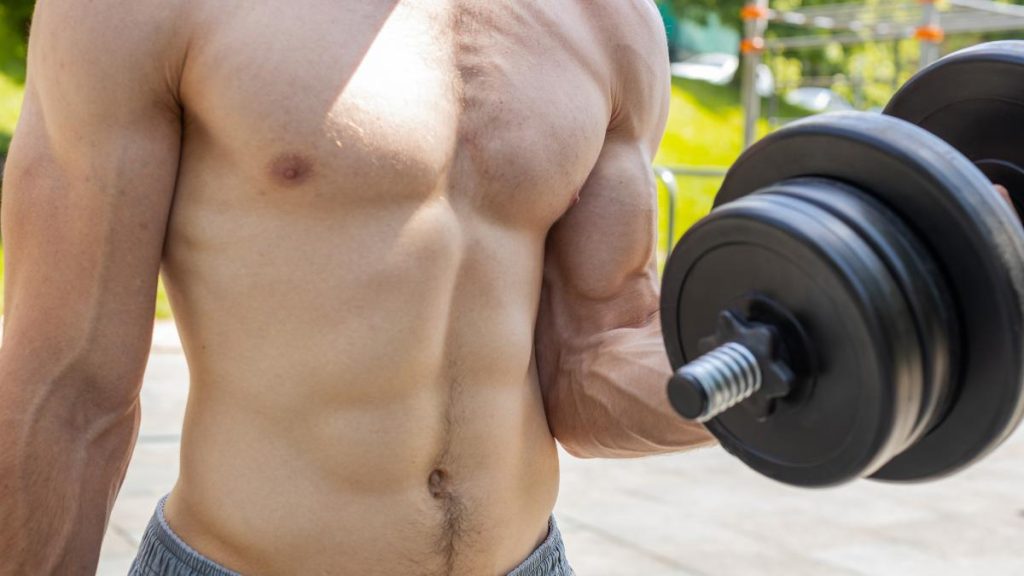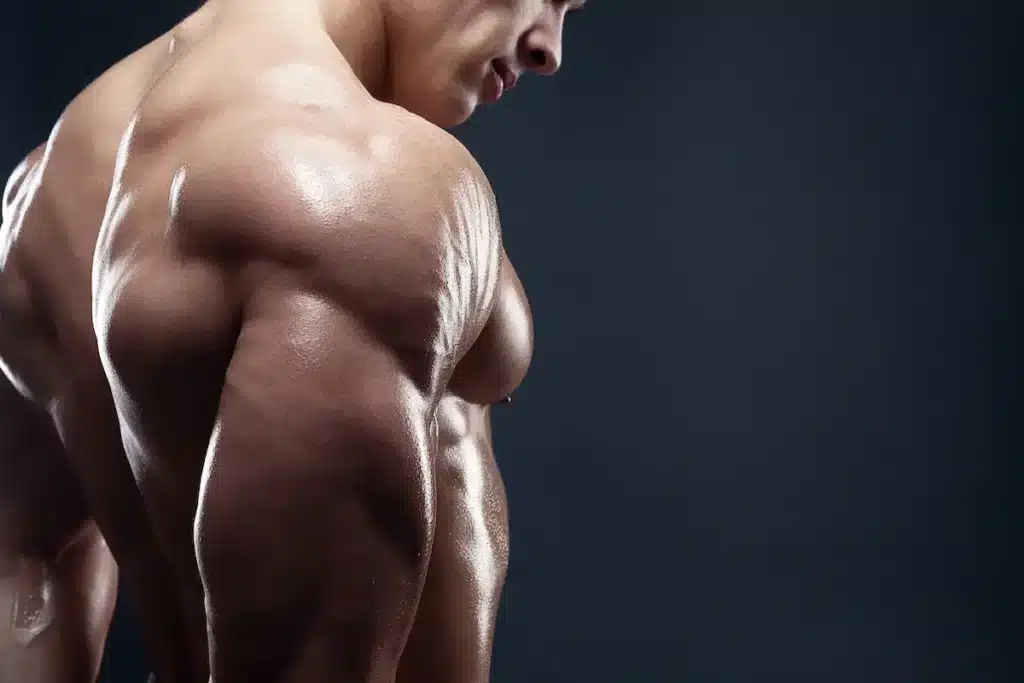Building impressive arm muscles is a goal shared by many fitness enthusiasts. However, one common question is whether isolation or compound movements are more effective for arm growth. Understanding the role of each can help you build a balanced and targeted training plan to achieve maximum results.
What’s the Difference Between Isolation and Compound Movements?
- Isolation Movements: These exercises focus on a single muscle group, allowing you to target specific muscles with precision. For arm growth, isolation movements include exercises like bicep curls and tricep extensions, which focus solely on the biceps or triceps without engaging other muscles significantly.
- Compound Movements: Compound exercises engage multiple muscle groups and joints in one movement, often allowing for heavier weights and overall strength gains. In arm training, compound movements include exercises like pull-ups, chin-ups, and bench presses, which engage the arms while also recruiting other muscles like the back or chest.
How Do Isolation Movements Support Arm Growth?
Isolation exercises are ideal for directly targeting the biceps, triceps, or forearms. By isolating these muscles, you can apply focused tension that can be especially effective for growth and definition.
- Higher Muscle Activation: Isolation exercises allow you to concentrate all your energy on the target muscle, resulting in a high degree of muscle activation.
- Muscle Symmetry: Isolation exercises help improve muscle imbalances by targeting weaker muscles. This can lead to a more symmetrical and aesthetic appearance in your arms.
- Perfect Form: With isolation movements, you can fine-tune your form, ensuring that the target muscle is performing the bulk of the work. This focus helps avoid recruiting other muscles, making isolation exercises ideal for enhancing the size and shape of a specific muscle.
Best Isolation Exercises for Arm Growth
- Bicep Curl – The classic bicep curl is excellent for isolating the biceps. Keep your elbows stationary and curl the weight, feeling the contraction in your biceps.
- Hammer Curl – This variation targets the brachialis muscle beneath the biceps, adding width to your arms.
- Tricep Extension – This isolation move targets the triceps, particularly the long head, helping build the back of the arm.
- Concentration Curl – Another bicep-focused exercise, this one allows for intense contractions and can be performed seated to prevent cheating.
How Do Compound Movements Support Arm Growth?
Compound movements are essential for developing overall strength and mass. They allow you to lift heavier weights, engaging multiple muscles at once and providing a greater hormonal response that supports muscle growth.
- Increased Load: Compound exercises, such as pull-ups and bench presses, engage both arm muscles and larger muscle groups. This engagement enables you to lift heavier weights, which can stimulate growth in the arms.
- Time Efficiency: Compound exercises are more efficient if you have limited time in the gym. You’ll work multiple muscles, including your arms, in fewer sets.
- Enhanced Muscle Growth Potential: Compound exercises often lead to greater growth overall by stimulating larger muscle groups. This leads to a hormonal response that can indirectly aid arm growth.
Best Compound Exercises for Arm Growth
- Pull-Ups – Engages the biceps and forearms while working the back, promoting overall arm size.
- Bench Press – Primarily targets the chest, but the triceps work significantly during this movement.
- Close-Grip Bench Press – By bringing the hands closer together, this exercise places more emphasis on the triceps.
- Dips – Bodyweight or weighted dips effectively engage the triceps, shoulders, and chest, making them a powerful compound movement for arm development.
Isolation vs. Compound Movements: Which is Better for Arm Growth?
The best approach combines both isolation and compound exercises. Compound movements build foundational strength and mass, while isolation exercises provide the detail and targeted growth necessary for balanced arm development. Here’s how to structure a balanced arm routine.
Sample Arm Routine Combining Isolation and Compound Movements
- Warm-Up – Start with light weights and warm up your muscles for better blood flow.
- Compound Exercise #1: Close-Grip Bench Press (4 sets of 8-10 reps) – Engage your triceps with a powerful compound movement.
- Isolation Exercise #1: Bicep Curls (3 sets of 10-12 reps) – Focus on the biceps with a controlled motion.
- Compound Exercise #2: Pull-Ups (4 sets of 8-10 reps) – Use this bodyweight compound exercise to engage the biceps and forearms while working the back.
- Isolation Exercise #2: Tricep Extensions (3 sets of 10-12 reps) – Target the triceps with an isolation exercise for precision.
- Isolation Exercise #3: Hammer Curls (3 sets of 10 reps) – Finish with hammer curls to target the brachialis and add width to your arms.
How Often Should You Train Arms with Isolation and Compound Exercises?
To allow muscles to recover and grow, aim to train your arms 1-2 times per week. Depending on your fitness goals, you can vary the number of sets and reps for each exercise.
- Hypertrophy (muscle growth): 3-4 sets of 8-12 reps per exercise, focusing on controlled movements with shorter rest periods.
- Strength: 4-5 sets of 4-6 reps, focusing on compound lifts with heavier weights and longer rest periods between sets.
Key Takeaways: Isolation vs. Compound Movements for Arm Growth
Both isolation and compound movements have essential roles in arm growth. Compound exercises provide foundational strength and allow you to lift heavier weights, while isolation exercises offer targeted tension for muscle definition and balance. By including both types in your workout, you create a well-rounded approach that maximizes arm growth and strength.
Integrating isolation and compound exercises will help you develop muscular arms that are both strong and aesthetically pleasing, supporting all-around fitness and performance.




